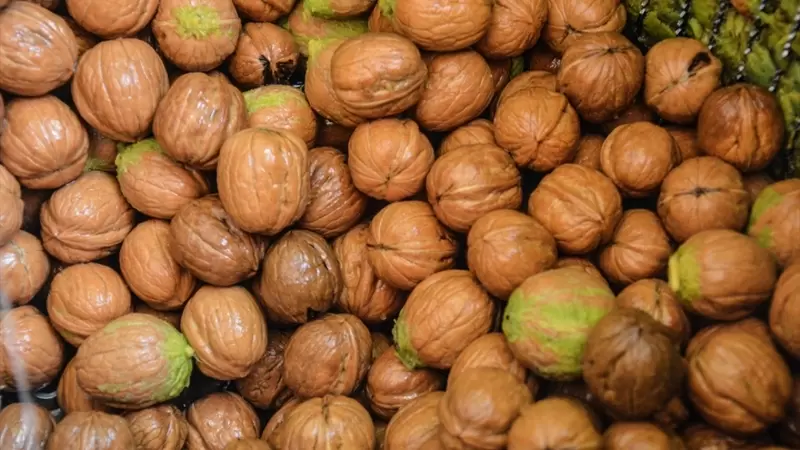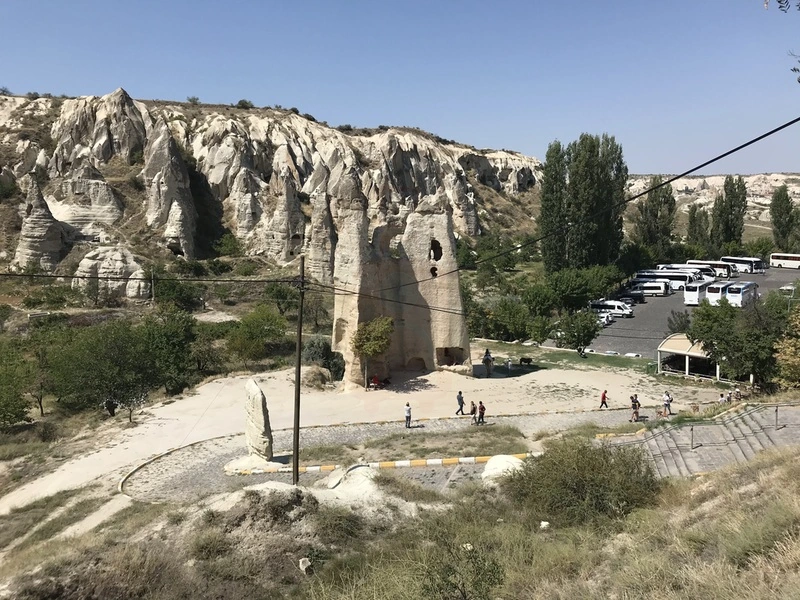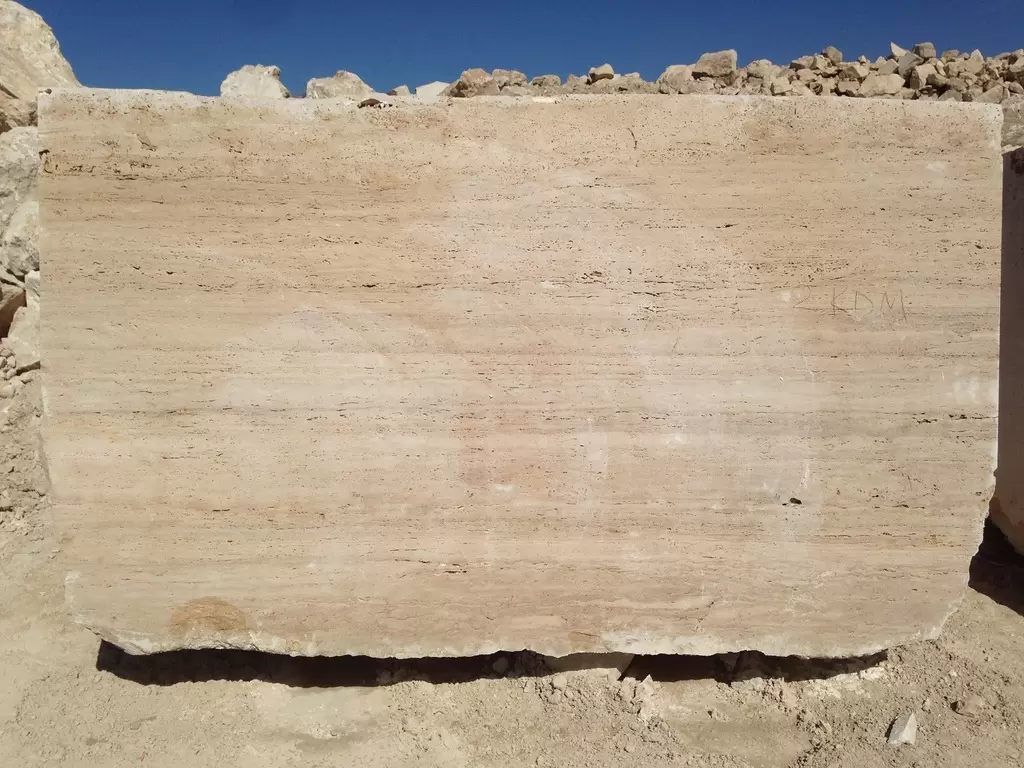
Hekimhan Walnut, a geographically indicated product from the Hekimhan district of Malatya, Turkey, is celebrated for its exceptional quality, rich flavor, and deep connection to the region’s agricultural heritage. Belonging to the Juglans regia L. species, this walnut variety is a cornerstone of Turkish cuisine and a symbol of traditional cultivation practices. Known for its thin shells, high kernel yield, and rich oil content, Hekimhan Walnut is a preferred choice for both direct consumption and culinary use.
Distinctive Features
-
Physical Characteristics
- Shape: The walnuts are round and classified as extra-large in size, enhancing their visual and market appeal.
- Shell: The shells are thin, with a thickness of up to 1.5 millimeters, making them easy to crack by hand.
- Color: The shell has a light brown hue, while the kernel ranges from white to pale yellow, indicating high quality.
- Texture: The shell surface is moderately smooth, offering a polished appearance.
-
Kernel Quality
- Yield: Hekimhan Walnut has a kernel yield exceeding 50%, meaning more than half of the walnut’s weight is edible.
- Oil Content: The kernels are rich in oil, with a content of 60–70%, contributing to their creamy texture and rich taste.
- Flavor: The kernels offer a balanced, mildly sweet, and nutty flavor, making them ideal for snacking and cooking.
-
Nutritional Benefits
- Hekimhan Walnut is packed with healthy fats, including omega-3 fatty acids, which support heart health and cognitive function.
- It is a rich source of protein, dietary fiber, vitamins (such as vitamin E), and minerals like magnesium and phosphorus.
-
Historical and Cultural Significance
- The Hekimhan district boasts walnut trees that are over 400 years old, symbolizing the long-standing tradition of walnut cultivation in the region.
- These ancient trees highlight the durability and adaptability of the species in Hekimhan’s unique environment.
-
Optimal Growing Conditions
- The Hekimhan region’s climate, with its warm summers and mild winters, provides ideal conditions for walnut cultivation.
- The fertile soils of Malatya, combined with traditional farming methods, enhance the quality and yield of Hekimhan Walnuts.
-
Versatility in Use
- Direct Consumption: The sweet and creamy kernels are enjoyed as a nutritious snack.
- Culinary Applications: Hekimhan Walnut is a staple in Turkish desserts, such as baklava and helva, as well as savory dishes and salads.
- Oil Production: Its high oil content makes it ideal for producing walnut oil, a premium ingredient in gourmet cuisine.
-
Ease of Use
- The thin shells and high kernel yield make Hekimhan Walnut convenient to crack and process, reducing waste and maximizing usability.
-
Geographical Indication and Authenticity
- The geographical indication status ensures that only walnuts grown and harvested in the Hekimhan district using traditional methods can bear the name “Hekimhan Walnut.”
- This certification guarantees authenticity and promotes the product as a premium offering in both domestic and international markets.
-
Economic and Environmental Impact
- Walnut cultivation is a vital part of Hekimhan’s economy, providing livelihoods for local farmers and contributing to sustainable agricultural practices.
- The ancient walnut trees of the region also play a role in environmental conservation, preserving biodiversity and preventing soil erosion.
Conclusion
Hekimhan Walnut is more than a culinary delight; it is a representation of Turkey’s rich agricultural traditions and the expertise of the Hekimhan region’s farmers. Its thin shell, high kernel yield, rich flavor, and versatile uses make it a standout product in the global market. Whether enjoyed on its own, as part of a dish, or processed into oil, Hekimhan Walnut delivers an authentic taste of Turkey’s natural and cultural heritage.


















